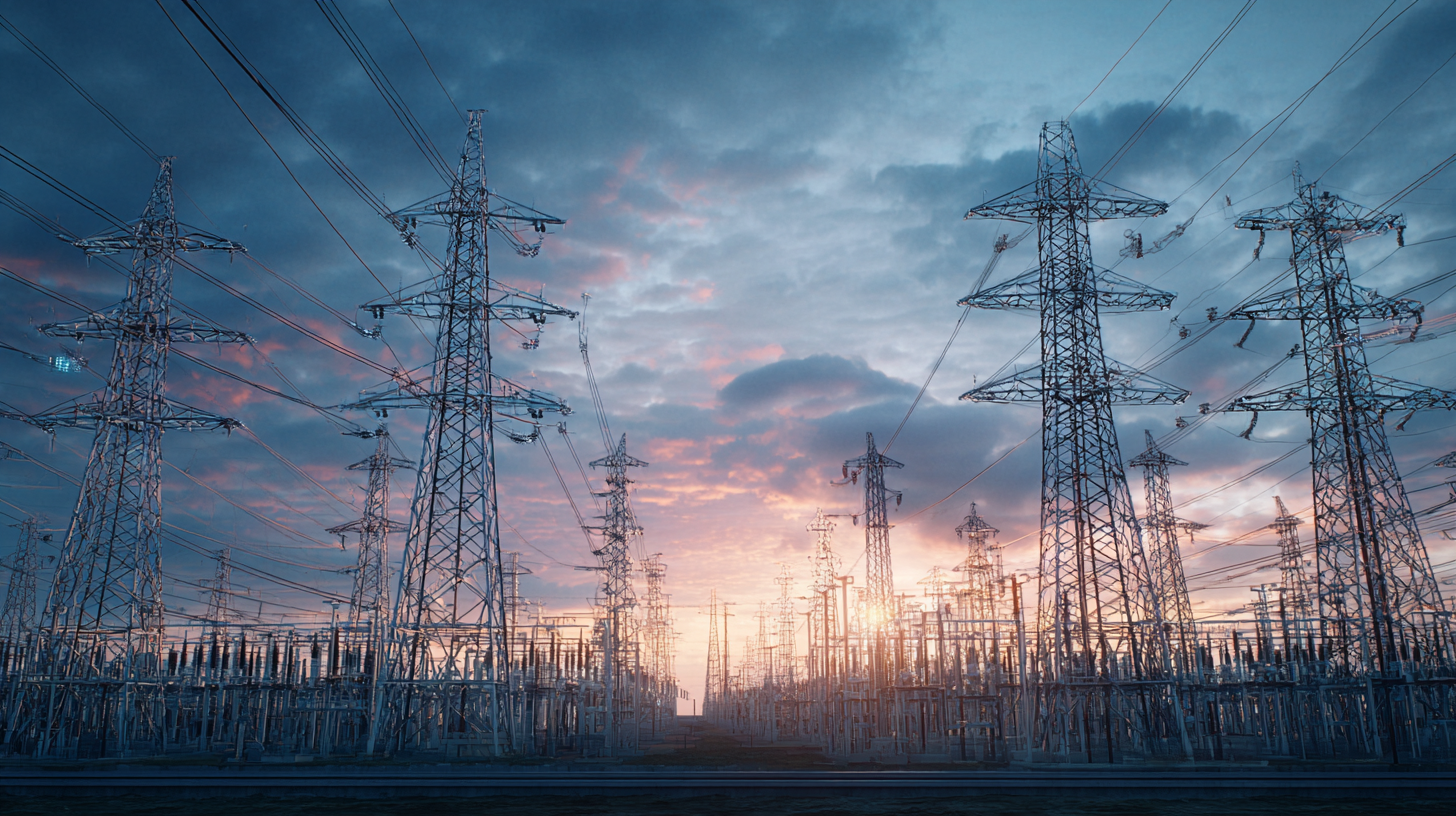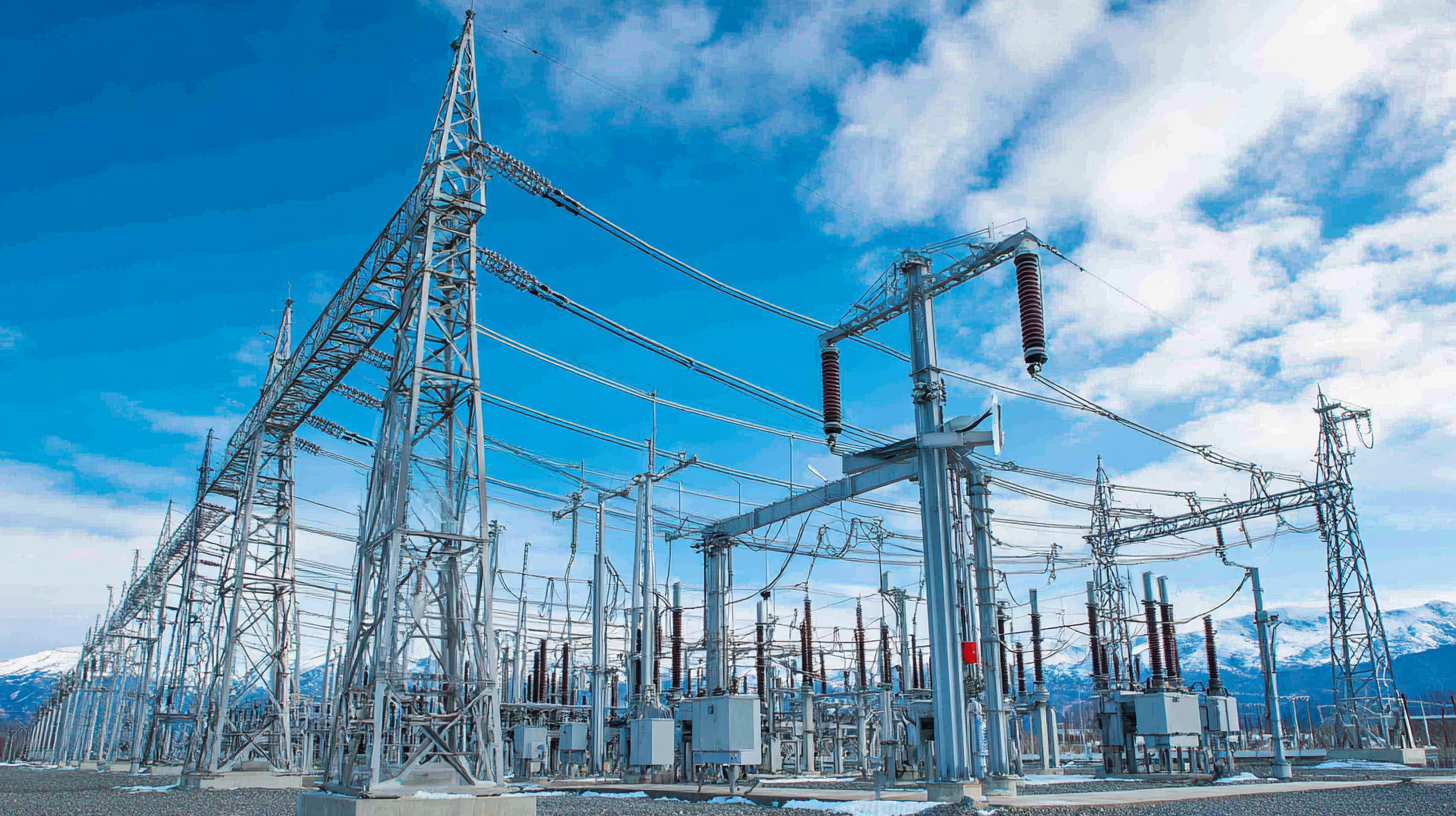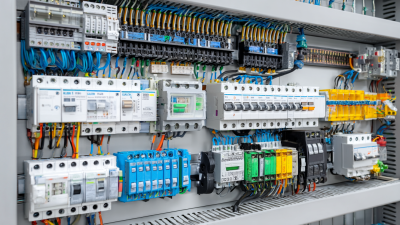In the rapidly evolving landscape of modern power systems, the importance of an efficient and reliable distribution system in power systems cannot be overstated. According to the International Energy Agency (IEA), global electricity demand is projected to increase by 60% by 2040, necessitating advanced innovations to manage this surge effectively. Traditional distribution systems are being stretched beyond their limits, prompting a critical need for smart, resilient, and sustainable solutions. The integration of digital technologies, such as IoT and AI, is enhancing the capability of distribution networks, enabling utilities to monitor real-time data, reduce outages, and improve overall grid efficiency.

Moreover, the International Council on Large Electric Systems (CIGRÉ) reports that investing in modern distribution systems could lead to a 30% reduction in operational costs and a 20% increase in reliability. These innovations not only address the growing demands for renewable integration and distributed generation but also facilitate a more adaptive and responsive energy infrastructure. As we explore the top five innovations in distribution systems for modern power systems, it becomes clear that embracing these advancements is essential for utilities aiming to meet the challenges of the 21st century while ensuring a sustainable energy future.
The evolution of power distribution systems is being dramatically transformed by emerging smart grid technologies. These innovations allow for more efficient management of electricity flow and improve the reliability of power delivery. One significant advancement is the integration of advanced metering infrastructure (AMI), which facilitates real-time data collection and monitoring. This technology enables utilities to optimize energy distribution based on consumption patterns, thereby minimizing waste and enhancing overall system performance.

Another groundbreaking innovation is the implementation of demand response systems. These systems are designed to balance supply and demand by incentivizing consumers to reduce or shift their energy consumption during peak periods. By actively engaging consumers, utilities can prevent overloads and improve grid stability, which is particularly important as renewable energy sources become more prevalent. Additionally, advanced energy storage solutions are making it possible to store excess energy generated by renewable sources, supporting a more resilient and flexible power distribution network. These smart grid technologies not only revolutionize power distribution but also lay the foundation for a sustainable energy future.
The rise of decentralized energy resources (DERs) is revolutionizing modern power systems by empowering localized distribution networks. This shift not only enhances the reliability of energy supply but also facilitates greater participation of consumers in the energy market. By integrating solar panels, wind turbines, and energy storage systems at the community level, energy generation becomes more resilient and efficient, allowing neighborhoods to meet their own energy needs while still contributing excess power back to the grid.
Tips for leveraging decentralized energy resources include conducting a thorough assessment of local energy demands and available renewable resources. Engaging with local governments and stakeholders is essential to develop supportive policies and incentives that encourage DER adoption. Additionally, investing in smart grid technologies can optimize the management of these resources, ensuring they complement traditional energy sources for a balanced and sustainable energy system.
As we embrace a more decentralized approach, it is crucial to educate communities on the benefits and operations of localized energy systems. Workshops and informational sessions can foster a deeper understanding and promote collaboration among residents, aiding the transition to a more sustainable and self-sufficient energy landscape.
This chart illustrates the impact score of the top five innovations in distribution systems for modern power systems. The innovations include Smart Meters, Microgrids, Distributed Energy Storage, Demand Response, and Electric Vehicles, which are crucial for enhancing localized distribution networks.
The integration of artificial intelligence (AI) in supply chain management (SCM) is reshaping the landscape from Industry 4.0 through to Industry 6.0. Recent reports indicate that the global AI in supply chain market, valued at approximately USD 9.94 billion in 2025, is projected to see exponential growth, reaching around USD 192.51 billion by 2034. This rapid expansion underscores the increasing reliance on advanced analytics for optimizing distribution efficiency and addressing the complexities of modern supply chains.

AI technologies are transforming logistics by enhancing real-time decision-making and improving resource allocation. For instance, AI-driven tools analyze vast datasets to predict demand fluctuations, thereby enabling companies to optimize inventory levels proactively. This intelligent approach minimizes waste and reduces operational costs, which is critical given the dynamic nature of global supply chains. Additionally, with a projected CAGR of 25.9% for the AI in logistics and supply chain market between 2025 and 2034, organizations are increasingly adopting AI solutions to streamline operations and enhance service delivery, ultimately leading to improved customer satisfaction and competitive advantage.
The integration of renewable energy sources (RES) into modern power distribution systems is transforming the way energy is delivered and utilized. As reported by the International Renewable Energy Agency (IRENA), renewable energy accounted for about 29% of global electricity generation in 2020, a figure projected to rise significantly as nations strive for sustainability. This shift necessitates advanced distribution systems that can handle the variability and decentralization associated with sources like solar and wind power.
To successfully incorporate RES, distribution systems must evolve with smart technologies and grid modernization efforts. According to the United States Department of Energy, enhancing distribution networks with smart meters and advanced energy management systems can reduce energy loss by up to 30%. This modernization not only facilitates the integration of diverse energy sources but also boosts grid reliability and resilience against outages.
Tip: When considering renewable energy integration in your area, engage with local utilities to understand the incentives available for renewable installations. Additionally, investing in energy storage solutions can enhance the effectiveness of RES by managing supply and demand fluctuations effectively.
In the realm of modern power systems, enhancing cybersecurity measures has become paramount, especially as the industry transitions toward electric and hybrid propulsion technologies. The emergence of electric aircraft signifies a substantial shift, capitalizing on advanced electrical architectures not only to improve performance but also to meet stringent emission regulations. As these innovations proliferate, the potential for cyber threats increases, necessitating robust cybersecurity protocols to safeguard the integrity and reliability of power distribution systems.
The U.S. government's implementation of the Energy Modernization Cybersecurity Plan highlights the urgency of securing critical energy technologies in the face of evolving cybersecurity challenges. The integration of smart grids and advanced distribution management systems is crucial for maintaining resilience in power networks, particularly as the demand for renewable energy sources like solar and wind continues to grow.
By strengthening cybersecurity frameworks, the energy sector can ensure that these systems operate effectively and safely, thereby supporting the global push towards sustainable energy solutions while mitigating risks associated with increased digitalization in power distribution.





